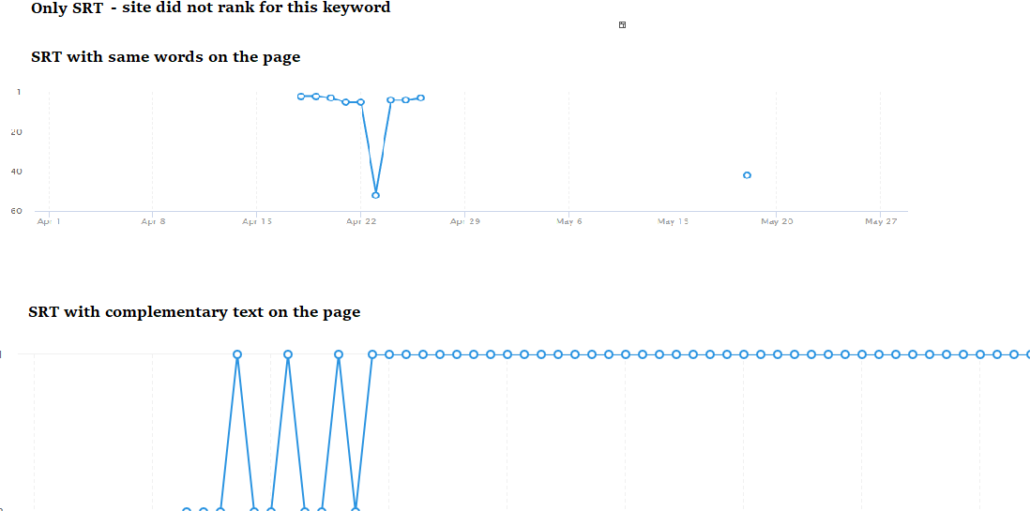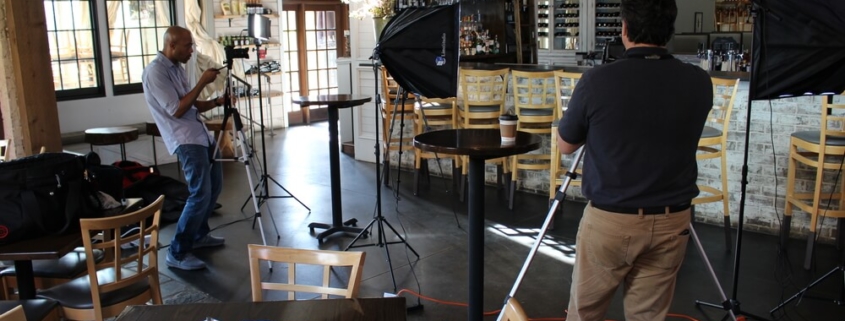Case Study: SEO Best Practices for Law Firm Videos
Transcriptions and Complementary Text
Video consumption has steadily increased since the first video clip was loaded onto YouTube more almost 15 years ago. More and more people are watching more and more videos with every passing day. There are also more video platforms today where you can display your videos, making it easier to get your video content in front of the right consumers. Using videos as a conversion tool is been a commonly used SEO tactic, but does the use of video help with ranking your law firm’s website?
Video optimization is a topic that isn’t discussed as often as tactics like content marketing or keyword optimization. How can video be used to get Google’s attention and to help a website rank well? What is the consensus among experts on how to successfully rank video on search engines? If you do a quick Google search on the topic you will find a number of universally accepted pieces of advice:
- Add a title that is fitting to the subject matter
- Add a description with the keywords that you want to rank for
- Choose the right hosting platform
- Make sure your thumbnail is engaging
- And, add transcripts
But, does it help to add the transcripts on the page as text as well as transcripts directly to the law firm video (aka Closed Captioning)? In other words, would it be better to not only add transcripts to the back-end of the video, but to the HTML of the page as well? And, would it be better to have complementary text that is not the exactly the same as the transcript, but slightly different? For the answer, the crack SEO team at Sundown Marketing put together a case study.
Case Study Details
The team selected three current SEO law firm clients, all of which utilized video on their websites. We focused our study on the short, 1-2 minute FAQ videos.
- The selected videos for Client 1 (Site A) would receive just the transcript added to the video (.srt file added to create Closed Captioning).
- The selected videos for Client 2 (Site B) would receive the transcript to the video (.srt file added to create Closed Captioning), as well as the video transcript added directly to the page.
- The selected videos for Client 3 (Site C) would receive the transcript to the video (.srt file added to create Closed Captioning), as well as complementary text (a short blog utilizing the same topic as the video).
Once the transcipts and text were added to the videos and the website, we sat back and watched. Here are the results:
Law Firm Video with SRT vs Video with SRT file and Mirroring Text in the page vs Video with SRT file and Complementary Text:
Client 1/Site A received the transcripts uploaded as an SRT file, so that closed captioning was enabled; Client 2/Site B received the same as Client 1/Site A, but also received the transcripts added in plain English on the page; Client 3/Site C also got the transcriptions, but also received complementary text, different from the transcripts, but with a related topic. Let’s see how each of them performed. Below are the number of times each page was viewed in the 60 days that followed.



Page Views:
Client 1/Site A, which only had the transcripts uploaded as an SRT file, received only 4 page views in 60 days; Site B, which had the transcript uploaded, and had the same text in the body of the page had 8 page views; and Site C which had the transcripts uploaded, and complementary text had 21 page views.
Page rankings:
In addition to monitoring the page views these videos received, we also monitored the page rankings over the course of the 60 days following the uploads. Here is what we found:

Again, we see that the page with the SRT file only did not do as well. The page isn’t ranking for its keyword. By contrast the page with the same content as the SRT repeated in the content of the page is sporadically ranking for its keyword, while the page with complementary text got a boost from the #2 spot to the #1 spot for its keyword.
Based on the short Ultimate conclusion here is just what you might expect: When you work diligently to give Google more unique and useful bits of information, without being “spammy” about it, the better your content/videos will rank.
If you need any assistance with a video campaign for your law firm, would like to develop a video strategy or have questions about the most effective way to manage your current video library, give Sundown Legal Marketing a call at (800) 649-1764 or contact us through our online contact form.













